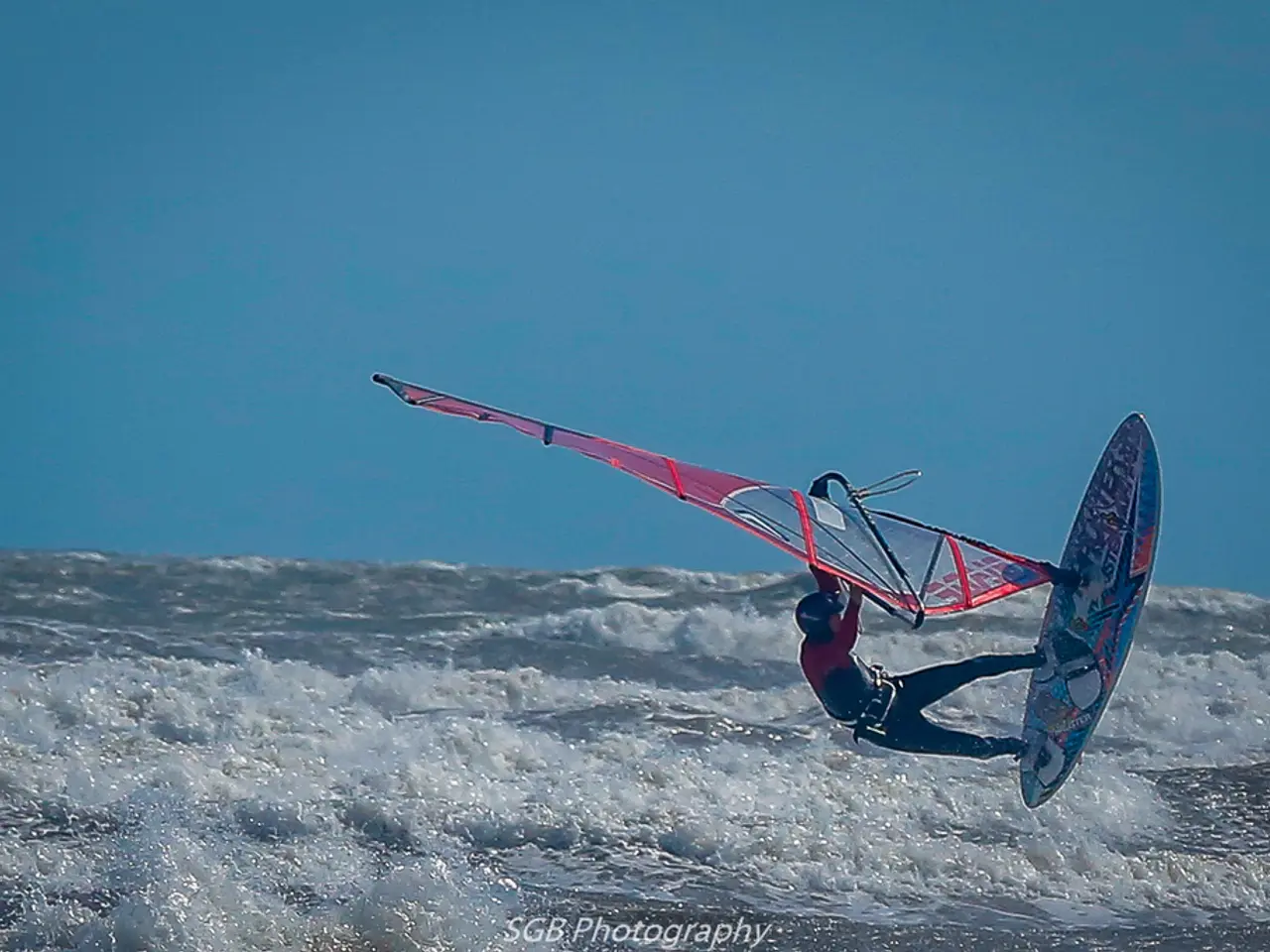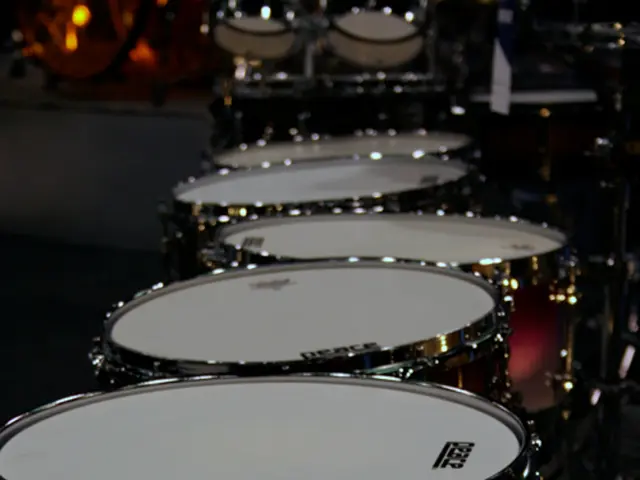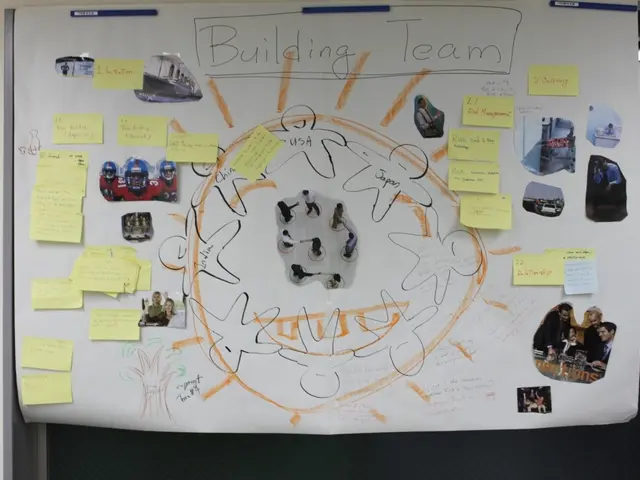Enhancing Surfing Skills Through Mobility Exercises
================================================================================
Mobility training is a type of exercise routine that focuses on improving the range of motion and flexibility of the body. This form of training is beneficial for surfers, as it can enhance their ability to perform the movements and maneuvers required while riding the waves.
By incorporating mobility training into their regular fitness routine, surfers can see significant improvements in flexibility and range of motion. Focusing on key areas like shoulders, hips, core, and ankles during mobility training can further enhance their mobility and flexibility.
Listening to your body and understanding its limitations is essential when starting mobility training. Warming up the body with light cardio exercises before mobility training sessions is recommended.
One of the key benefits of mobility training for surfers is improved flexibility. This allows them to maneuver their bodies on the board and adapt to the changing conditions of the waves more efficiently. Improved flexibility also reduces the risk of common injuries such as sprains and strains while surfing.
Mobility training helps in improving joint stability, strength, and overall body control. Increased stability and balance are also benefits of mobility training for surfers, as they help to strengthen the muscles responsible for these aspects and improve control on the board.
The goal of mobility training is to increase overall mobility, which can enhance performance in various physical activities, including surfing. Here are the most important exercises and stretches based on the latest surf-specific mobility routines:
- Hip Mobility Stretches and Movements
- Exercises like Prasarita Padottanasana (wide-legged forward bend) work on hip mobility by aligning feet, knees, and hips for safer movement and injury prevention.
- The low squat (deep knee flexion with hips close to the floor, chest upright) helps maintain or recover natural hip flexibility often lost with age or sedentary habits.
- Spinal Mobility Exercises
- Movements that open up the spine and increase rotation, such as kneeling forward-backward leans (similar to the "Third Tibetan Rite" back stretches) support better range of motion and reduce back stiffness after long surf sessions.
- Full-Body Mobility and Stability Flows
- A 13-minute full-body mobility flow designed by professional surfer Lakey Peterson targets head-to-toe movement control, including hips, spine, and shoulders, improving connection and injury resilience.
- Yoga-Inspired Movements for Balance and Stability
- Postures like Down Dog to Up Dog flows and table stretches (lifting body with hands and feet from the ground) improve shoulder stability, core strength, and spinal flexibility important for balance on the board.
- Dynamic Warm-Up and Recovery Routines
- Short mobility sequences (e.g., 10-minute surf mobility flows) help loosen tight muscles, increase joint range of motion, and facilitate faster recovery, contributing indirectly to injury prevention and better balance.
- Regular stretching improves muscle elasticity and can act as a “rubber band” preventing overstretch injuries by reducing tension in key surf-related muscles like hips and lower back.
Incorporating these routines regularly before and after surf sessions can lead to better performance and reduced injury risk. Aim to perform mobility training at least 2-3 times a week to see significant improvements in flexibility and range of motion. Seeking professional guidance from a certified fitness professional or a mobility training specialist can provide a customized training plan.
| Focus Area | Key Exercises/Moves | Benefits | |---------------------|---------------------------------------------------------|--------------------------------------------------| | Hip Mobility | Wide-legged forward folds, low deep squats | Unlock hips, improve surfing posture and turns | | Spinal Mobility | Kneeling forward-backward leans, spinal rotations | Better paddling, twisting, reduces back stiffness| | Full-Body Mobility | 13-min mobility flow (Lakey Peterson routine) | Movement control, injury resilience | | Balance & Stability | Down Dog to Up Dog flow, table stretch | Shoulder/core stability, enhanced balance | | Dynamic Recovery | 10-min mobility flows, stretching routines | Loosen muscles, faster recovery, injury prevention|
[1] Lakey Peterson (2021). Surf Mobility Flow
[2] Tilley, N. (2020). The Benefits of Mobility Training for Surfers
[3] Surfing Australia (2021). Surf Mobility
[4] Bleakley, C., & McDonough, S. (2017). The Benefits of Mobility Training for Athletes
[5] Ferreira, M. L. (2014). The Importance of Flexibility for Athletes
- By incorporating spinal mobility exercises into a health-and-wellness routine, one can enjoy better performance in sports like surfing and reduce stiffness in the back after intense sessions.
- Engaging in fitness-and-exercise routines that focus on hip mobility, such as the Prasarita Padottanasana, can help athletes enhance their mobility and flexibility, thereby reducing the risk of injuries during sports like surfing.







